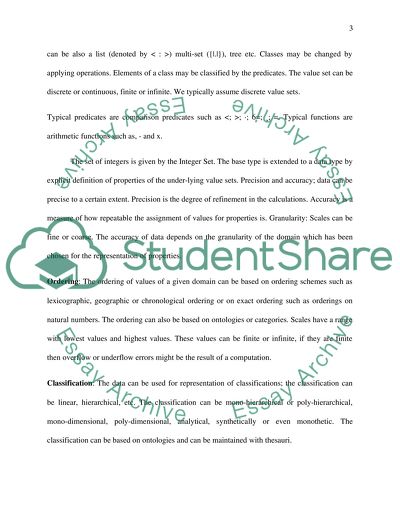Cite this document
(“Database Assignment Example | Topics and Well Written Essays - 1500 words”, n.d.)
Retrieved from https://studentshare.org/information-technology/1490884-database
Retrieved from https://studentshare.org/information-technology/1490884-database
(Database Assignment Example | Topics and Well Written Essays - 1500 Words)
https://studentshare.org/information-technology/1490884-database.
https://studentshare.org/information-technology/1490884-database.
“Database Assignment Example | Topics and Well Written Essays - 1500 Words”, n.d. https://studentshare.org/information-technology/1490884-database.


